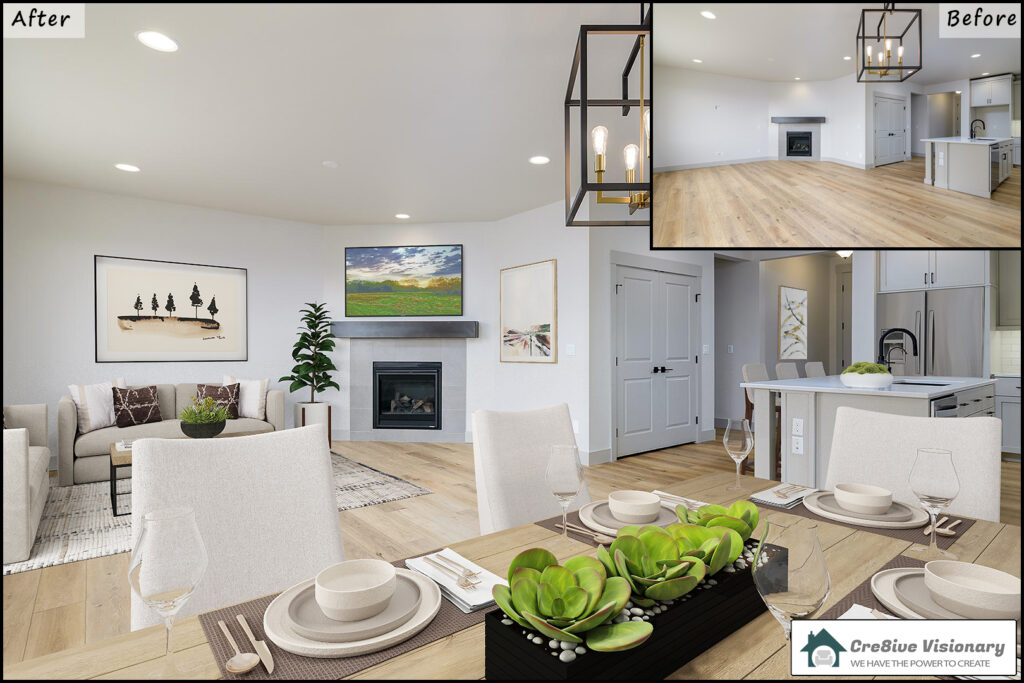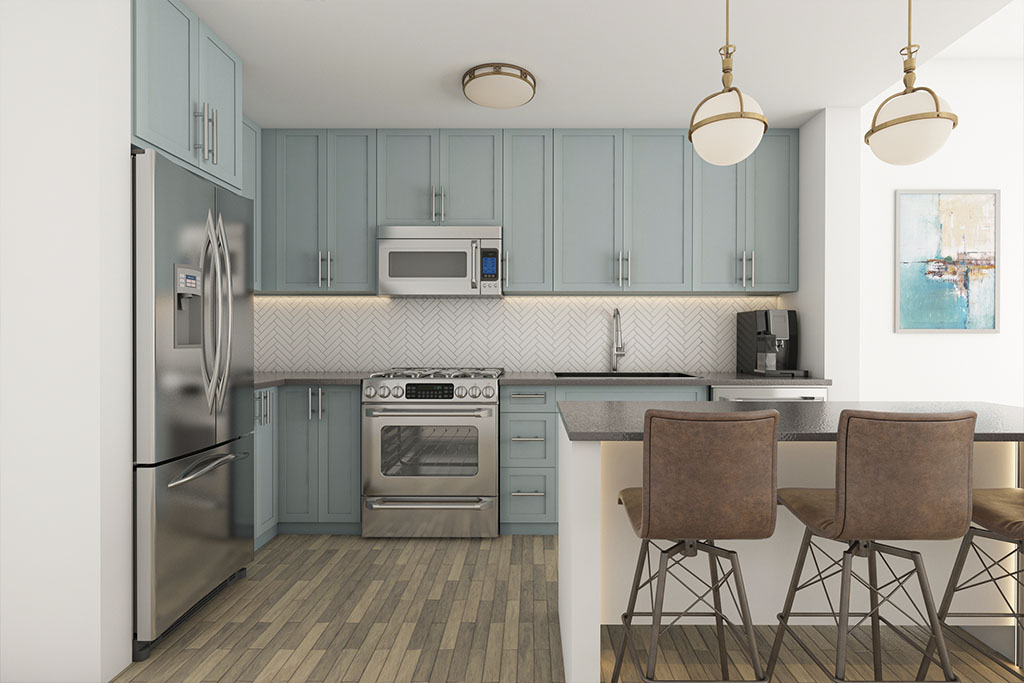Are you tired of investing time and money into physical staging for your real estate listings? If so, digital virtual staging might be the solution you’re looking for. Not only is it more cost-effective and convenient, but it also offers a range of benefits that physical staging simply can’t match. In this blog post, we’ll explore why digital virtual staging is the future of real estate.

What is Virtual Staging?
Digital virtual staging is the process of using advanced software to digitally create furniture and decor in a real estate listing’s photographs or videos. With digital virtual staging, you can create realistic-looking spaces that potential buyers can envision themselves living in.
Here are some of the advantages of virtual staging for real estate:
- Cost-effective: Virtual staging is significantly more cost-effective than physical staging. With physical staging, you need to rent furniture, hire a staging team, and often move the furniture in and out of the property multiple times. In contrast, virtual staging can be done with just a few clicks of a mouse and at a fraction of the cost.
- Time-saving: Virtual staging can be completed much faster than physical staging. You can get the virtual images within days of submitting the original photos, while physical staging can take weeks to complete.
- Easy customization: With virtual staging, it’s easy to make changes to the design or layout of the staged space. You can experiment with different furniture, decor, and colors until you find the perfect look for your property.
- Better visualization: Virtual staging creates realistic-looking spaces that potential buyers can envision themselves living in. This can lead to more interest and ultimately, more sales.
- Wide audience reach: Since virtual staging is done digitally, it’s easy to share the staged images on multiple platforms, such as your website, social media, and real estate listing sites. This helps you reach a wider audience and generate more interest in your properties.
- No furniture damage: With virtual staging, there’s no risk of furniture damage during the staging process, as there is with physical staging. This means you don’t have to worry about repairs or replacement costs.
- Environmental benefits: Virtual staging is a sustainable alternative to physical staging, as it doesn’t require the use of any physical materials. This can help reduce your carbon footprint and contribute to a more sustainable future.
The Future of Home Staging
- Increased use of Virtual Reality (VR): With the use of VR technology, homebuyers can experience a fully immersive walkthrough of a property, even before it’s built. This could revolutionize the way properties are marketed, especially for off-plan projects.
- The use of Augmented Reality (AR): AR technology overlays virtual images onto real-world environments, allowing buyers to visualize potential renovations or furniture placements in their future home. This could enhance the home buying experience by giving buyers more options and flexibility.
- Sustainable and Eco-Friendly Staging: As more and more people become environmentally conscious, sustainable and eco-friendly staging could become more popular. This could include the use of recyclable furniture, energy-efficient lighting, and natural materials like wood, bamboo, or cork.
- Smart Home Staging: As the Internet of Things (IoT) continues to grow, smart homes are becoming more common. In the future, home staging could include the integration of smart home technology, such as voice-activated assistants, intelligent thermostats, and smart lighting.
- Personalization: Homebuyers are becoming more individualistic in their preferences, and home staging is adapting to meet these needs. Future home staging could include more personalized touches, such as unique artwork, custom-built furniture, and customized color schemes.
- Diversity and Inclusivity: As society becomes more diverse and inclusive, home staging could become more representative of different cultures and lifestyles. This could include incorporating elements of different cultures, using more diverse models in marketing, and designing spaces that are more inclusive to people with disabilities.

In conclusion, the future of home staging is exciting and full of potential. As technology and consumer preferences continue to evolve, home staging will adapt to meet these new demands, making the process of buying and selling homes even more engaging and rewarding. https://www.instagram.com/cre8ive_visionary/






